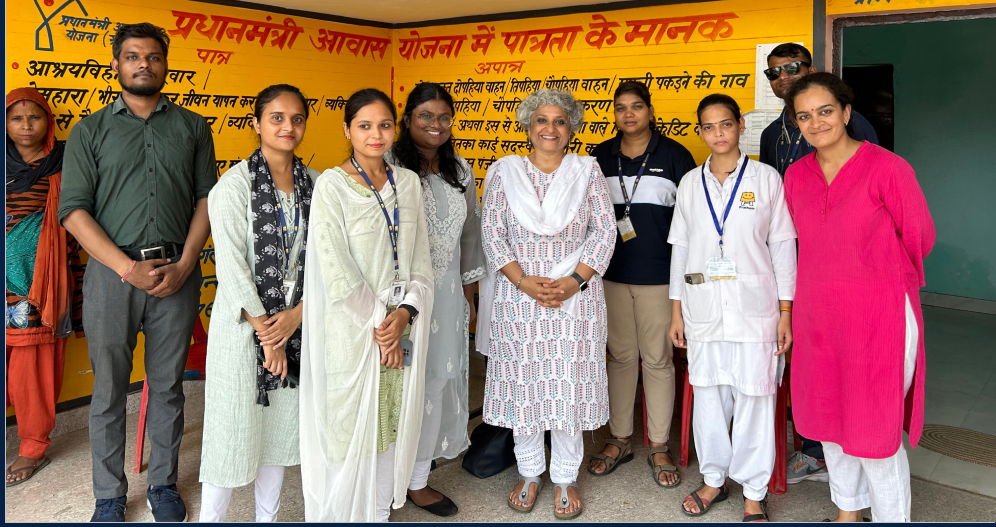
Women and Work
Despite economic growth, Indian women remain marginalized with low participation rates. CEDA is addressing this issue through a three-pronged approach to enhance women’s workforce entry, retention, and progression.
Latest Research
Alarming Low Participation
Fewer Than 20% of Women in India’s Workforce
Despite significant educational progress, fewer than a fifth of women (age 15+) in India are part of the labour force, far below the global average and shrinking in recent years (World Bank, 2022).
Stagnant Gender Gap
Education Not Translating to Workforce Inclusion
The share of women in India’s workforce remains persistently low and has been declining, even with impressive advancements in women’s education and economic growth. This paradox highlights a critical gap in translating educational achievements into workforce participation.
Missed Economic Potential
India’s GDP Suffers from Low Female Labour Participation
The low and declining female labour force participation (FLFP) is not only a significant gender inequality issue but also a substantial economic loss. The absence of women in productive and paid work means India is losing out on major potential increases to its GDP, impacting overall economic growth.
CEDA’s Innovative Three-Pronged Approach

Inform
Make disaggregated gender-data available in an easy-to-use format through a dedicated gender data portal

Investigate
Conduct research to understand women’s preference for job market and entrepreneurship in India

Intervene
Design impactful interventions with private sector stakeholders that work in the short to medium term

Women and Work
Get all the news, research and updates about women and work in India and beyond.
Our Team

Ashwini Deshpande is Professor of Economics, and Founding Director of CEDA at Ashoka University. She leads the women’s economic empowerment project, and co-leads the research component on women’s entrepreneurship.

Anisha Sharma is an Assistant Professor of Economics at Ashoka University, and co-leads the research component on women’s entrepreneurship under this project.

Kanika Mahajan is an Assistant Professor of Economics at Ashoka University and a member of the CEDA advisory team. She leads the research component on jobs for women under this project.

Aadya Swaminathan is assisting with research projects that empirically measure gender discrimination in the labor market.

Neha Pandey is assisting with a research on increasing women’s labour force participation through skilling, occupational diversity and entrepreneurship.

S.K Ritadhi is an Assistant Professor of Economics at Ashoka University and a member of the CEDA advisory team. He co-leads the development of the Gender Data Portal for this project.

Akshi Chawla is CEDA’s Director, and oversees the management of this project.

Urmi Paranjpye is currently working on projects on women’s labor force participation focused on women with career breaks and upskilling programs.






